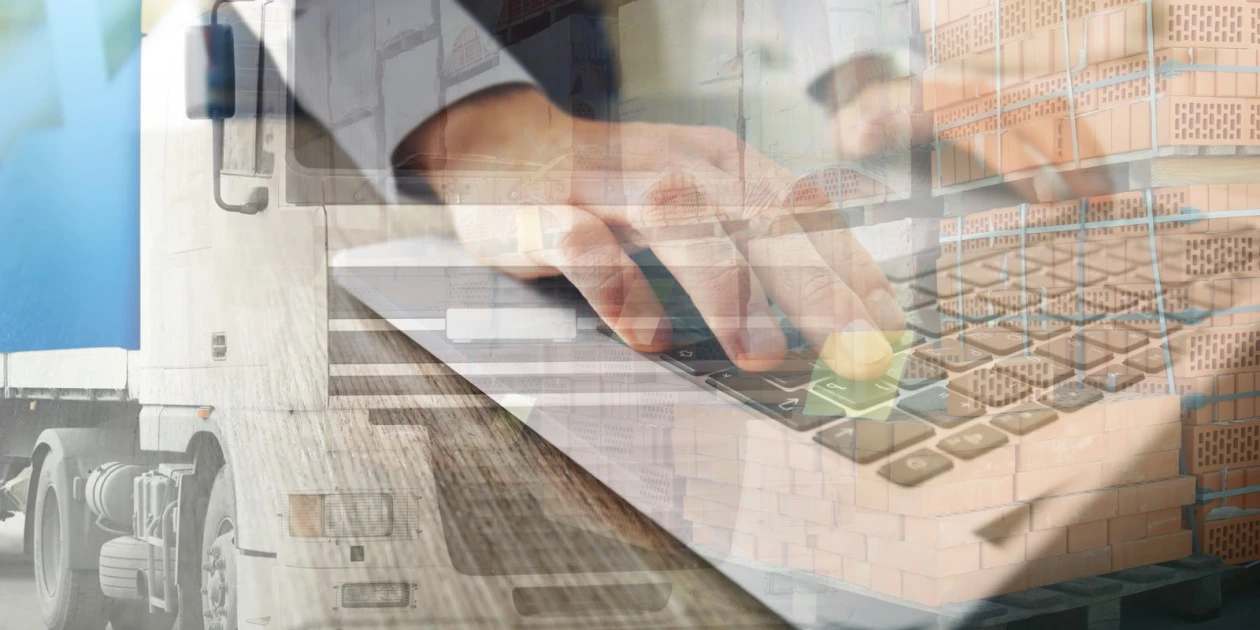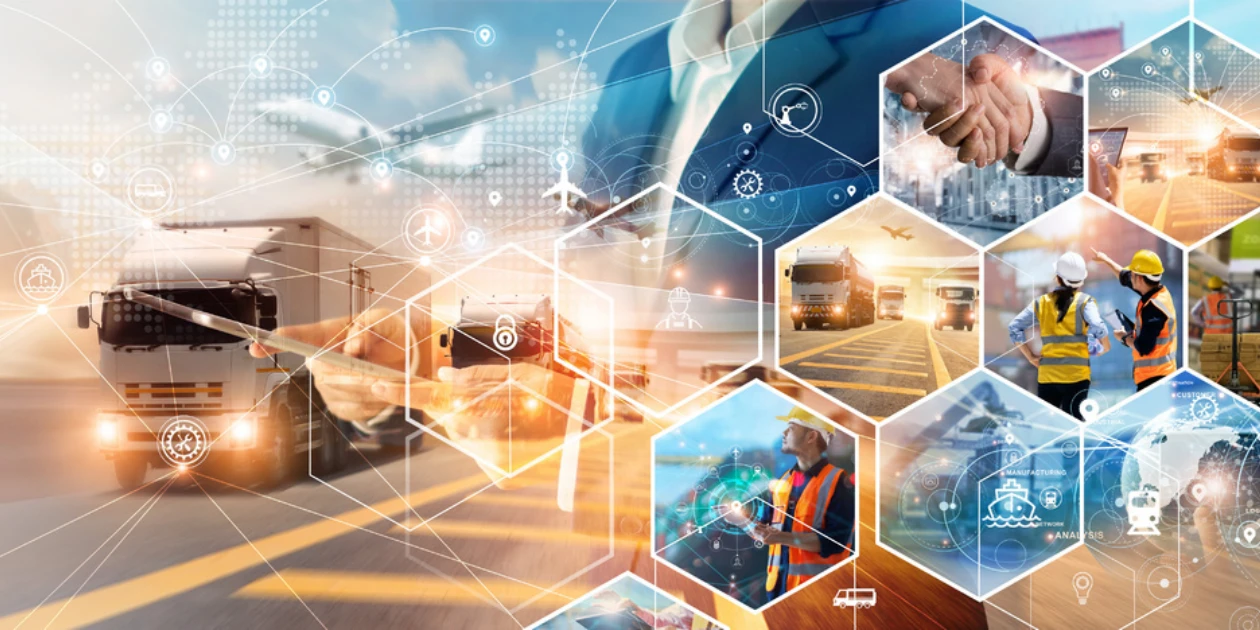As supply chain challenges continue worldwide, clearer visibility into your company’s trucking shipments has never been more important. Following the best practices below can help you better track trucking freight, getting it to its destination on time and on budget.
Read More






